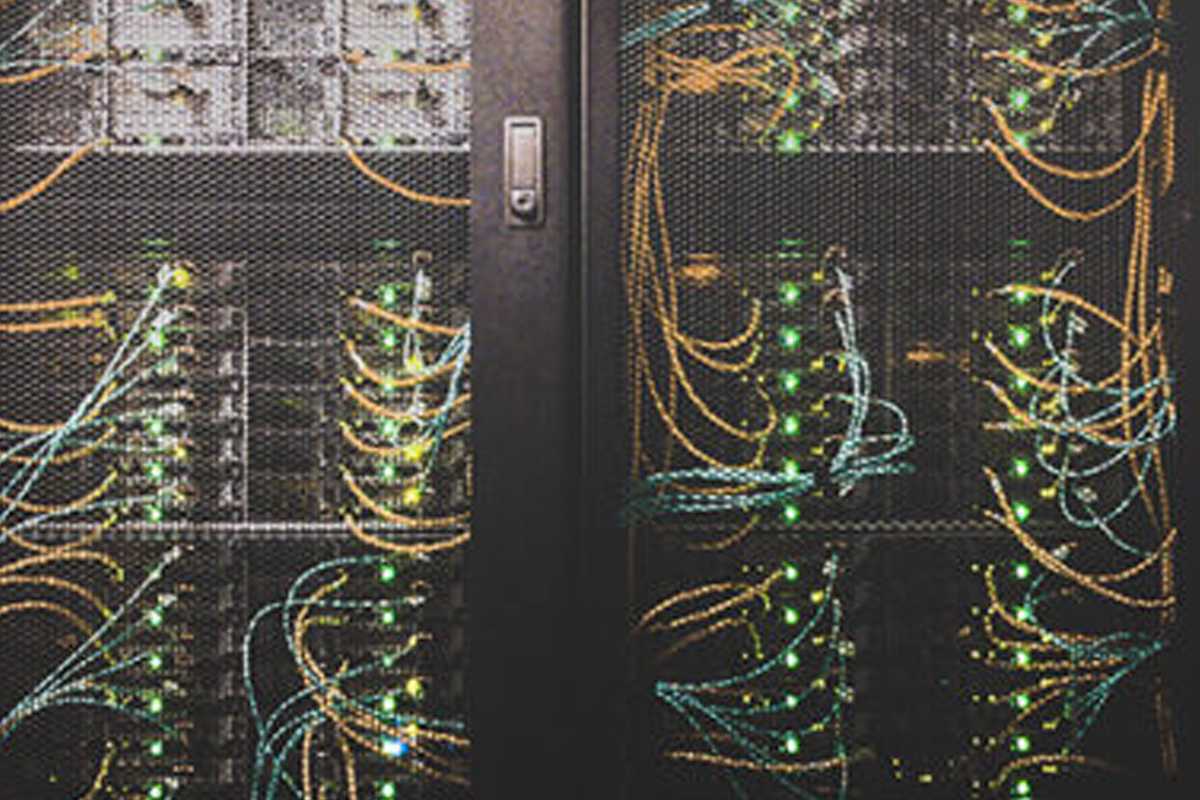In the ever-evolving landscape of technology, businesses face a constant challenge: maintaining a smoothly functioning IT infrastructure amidst the chaos of rapid advancements, diverse systems, and evolving user needs. For many organizations, managing this complexity often involves partnering with co-managed help desks—an innovative solution that brings stability to the chaos.
The IT Chaos Conundrum
Technology forms the backbone of modern enterprises, enabling seamless operations, communication, and productivity. However, this reliance on technology also brings forth a range of complexities. From software glitches to hardware malfunctions, cybersecurity threats, and the demands of an increasingly tech-savvy user base, the challenges faced by IT teams are multifaceted and ever-growing.
In the face of such complexities, traditional in-house IT teams often find themselves overwhelmed, struggling to keep up with the demands for immediate support and ongoing maintenance. This chaotic scenario not only hampers operational efficiency but can also lead to increased downtime, compromised security, and dissatisfied users.
The Rise of Co-Managed Help Desks
Enter the concept of co-managed help desks—a dynamic solution that bridges the gap between internal IT capabilities and external expertise. Co-managed help desks involve partnering with external service providers who work alongside in-house teams to deliver comprehensive IT support. This collaboration enables businesses to harness the expertise, scalability, and specialized knowledge of external professionals while retaining control over their IT operations.
Key Features & Benefits
- Scalability: Co-managed help desks offer scalable solutions, allowing businesses to ramp up or downsize IT support as needed, aligning with fluctuations in demand or business growth.
- Specialized Expertise: These partnerships bring in a diverse range of skills and specialized knowledge, ensuring that the IT infrastructure remains up-to-date and resilient against emerging threats.
- 24/7 Support: With round-the-clock availability, co-managed help desks provide uninterrupted support, minimizing downtime and ensuring swift resolutions for IT issues.
- Cost-Effectiveness: Leveraging external expertise eliminates the need for extensive in-house training and recruitment, optimizing costs without compromising quality.
- Enhanced Focus: Internal IT teams can concentrate on strategic initiatives and core business objectives rather than getting bogged down by day-to-day troubleshooting.
Strategies For Success
Implementing a co-managed help desk model requires careful planning and execution. Here are some key strategies to maximize the benefits:
- Clear Communication and Collaboration: Establishing seamless communication channels between in-house teams and external partners is crucial. Defined protocols and regular meetings ensure a unified approach to IT operations.
- Aligning Objectives: Both parties must align their goals and objectives to ensure a cohesive strategy. This alignment fosters a collaborative environment focused on achieving common outcomes.
- Continous Evaluation and Improvement: Regular assessments of the partnership’s performance help identify areas for improvement and ensure that the collaboration remains effective and relevant.
Conclusion
In the intricate realm of IT management, co-managed help desks emerge as a beacon of stability amid chaos. By amalgamating the strengths of internal teams with the expertise of external partners, businesses can navigate the complexities of modern technology more efficiently. The result? A robust, agile, and resilient IT infrastructure that propels businesses toward their objectives while mitigating the disruptions caused by the chaotic nature of the digital landscape.







